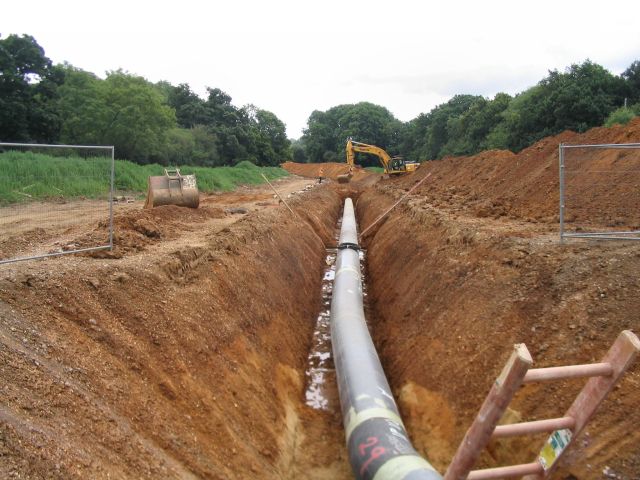by Fiona Kinniburgh
A release of methane expected to occur as a result of Arctic warming is projected to cost an extra $60 trillion in climate change impacts according to a study published in Nature last week. This figure falls just short of the total value of the output of the global economy in 2012, estimated at some $70 trillion. The study suggests that, with immediate mitigation action, the additional costs could be reduced to $37 trillion.
What the authors – Gail Whiteman, Chris Hope, and Peter Wadhams — refer to as an “economic time bomb” is the release of 50 gigatons of methane from thawing permafrost beneath the East Siberian Sea. The reservoir of this potent greenhouse gas could be released suddenly or steadily, over approximately 50 years, as a result of a warming seabed. If released suddenly as a “pulse”, this methane reservoir would advance the date at which the increase in the average global temperature exceeds 2°C by 15 to 35 years.
While these estimates of the costs of this methane pulse are extremely high, the paper notes that “The full impacts of a warming Arctic, including, for example, ocean acidification and altered ocean and atmospheric circulation, will be much greater than our cost estimate for methane release alone”. The paper therefore emphasizes the need for investment in rigorous economic modeling that could improve upon current analyses, which may be conservative because of such unquantified effects. Moreover, dividing the costs of the impact among countries and among industry sectors could raise awareness of specific risks and thereby stimulate mitigation and adaptation action.
More staggering than the additional costs of this release of methane is the difference between the total costs of climate change under two different emissions scenarios—a business-as-usual (BAU) scenario and one with substantially lowered emissions. In the BAU scenario (A1B, used by the Intergovernmental Panel on Climate Change), the estimated total costs of climate change are $400 trillion. In a low emissions scenario, in which the global mean temperature is prevented from rising more than 2°C above pre-industrial levels, these costs fall to $82 trillion.
The paper not only demonstrates how costly inaction on climate change will be, but it also underlines the disproportionate burden that will be borne by developing countries. The economic modeling shows that the poorer economies of Africa, Asia, and South America will bear 80% of the costs of climate change. In the meantime, countries such as Canada, Russia, and the US are expected to benefit from the development of vast unexploited oil and gas reserves and new trade routes that will become accessible due to Arctic melting. Although developed countries have a smaller economic incentive to act than developing countries, the differences in costs between the BAU and the low emissions scenarios are [further] strong evidence of the need for immediate action to mitigate climate change. Major reductions in CO2 emissions are the most promising method of preventing the large releases of methane in the East Siberian Sea.
Instead of ignoring the problem, “[The World Economic Forum] must ask world leaders to consider the economic time bomb beyond short-term gains from shipping and extraction,” the authors argue. Not only must all nations immediately focus on implementing legislation that will enable and facilitate mitigation measures (such as increased energy efficiency, use of renewables, removal of fossil fuel subsidies, reduction of deforestation, and conversion of vehicle fleets), but international policy makers must prioritize efforts to assist developing countries in undertaking these tasks.




